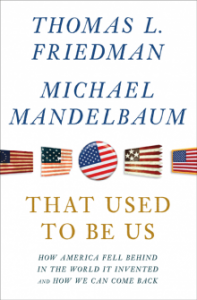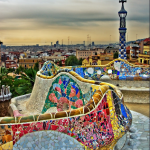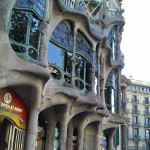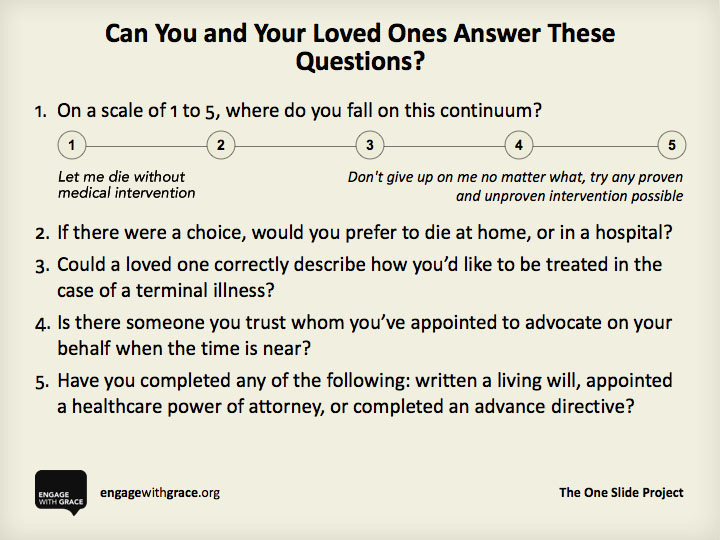With age, one sometimes begins to accumulate wisdom, and, although I am not one to focus on the woulda, shoulda, coulda opportunities that have passed me by, one regret that I surely have is that I had not met Dr. David Rakel until about three years ago. Dr. Rakel is the Director of the University of Wisconsin Integrative Medicine program. He attended medical school at Baylor in Houston, Texas, and completed a family practice residency in Greeley, Colorado. He is a doctor, a father, an academician, but most importantly, he is a healer. Of all of the physicians that I have ever known – and there have literally been hundreds of them, Dr. Rakel embraces all that is good in the medical profession.
In his presentation, “Placebo or NoCebo,” David outlined the ingredients present in a healing environment: 1. A relationship with a helping person, 2. A healing setting, 3. An explanation that gives a sense of control of a symptom. 4. A ritual procedure or plan that involves active participation of both parties – patient and clinician – that results in belief towards action. He spoke passionately about the importance of touch, the intrinsic value of healing, and the fact that something was done with the ritual. One of my favorite, tongue- in- cheek quotes that David had was from Voltaire: “ It is the physician’s duty to amuse the patient while nature cures the disease.”
Dr. Rakel talked about the intelligence of being positive while giving the prognosis, showing empathy, empowering the patient, and demonstrating the importance of having a connection between the physician and patient. I’m sure that I’m not capturing all of the salient points that David carefully made, but I am sure that I understood his commitment to connection with the patient and the significance of using as many positive words as possible to convey that connection.
Once again, a great quote from Dr. Rakel revolved around the fact that you get better faster if you have unconditional love from your pet than a bad connection with your doc. He and his research on the common cold both suggested that, “It is better to stay home and be licked by your dog, than to spend time at a clinic with a grumpy doc!”
His recommendations to his residents and to all of the physicians to whom he lectures is that the physician needs to display empathy, compassion, patience and the ability to listen. His counsel to meditate revolved around the need for us to get out of our chaos and influence self-healing mechanisms. He described this journey from awareness to awakening to authenticity and finally to awe where the closer that we get to authenticity, the more beautiful our lives become.
Dr. Rakel then launched into numerous studies that evolved around the placebo effect such as the study where arthroscopic knee surgeries were “faked,” but resulted in positive outcomes. By referring to obesity as working toward optimal weight; chronic pain as myofascial health, depression (and this is my favorite) as potentially happy, the patients are not labeled with negative implications, and we accomplish a shift in our intentions. Not unlike what Newton, Einstein and Stephen Hawkins have done in physics, perceptions have been shifted by changing the manner in which we observe things. He said, “How about if we tell the patient that they are potentially happy rather than clinically depressed?” Our intention is reflective of our future.
Finally, Dr. Rakel suggested that physicians protect time in their schedules, create space, create positive patient expectations, be fully present and listen to the patient, that they offer support and collaboration and create a plan by using words that heal rather than words that harm.
Right on. Thanks, Dr. Rakel.


















